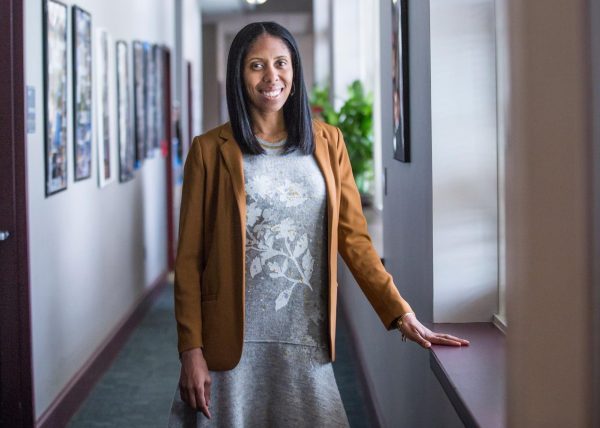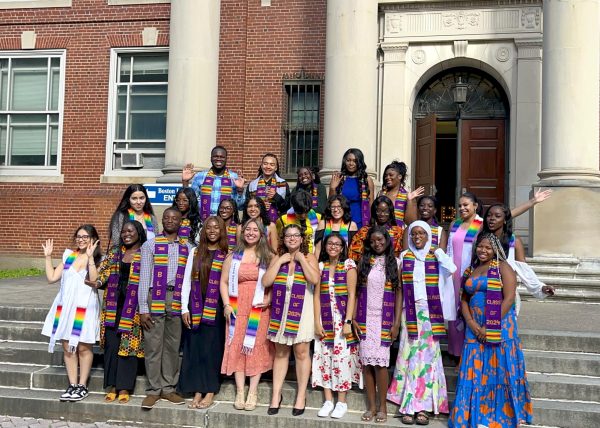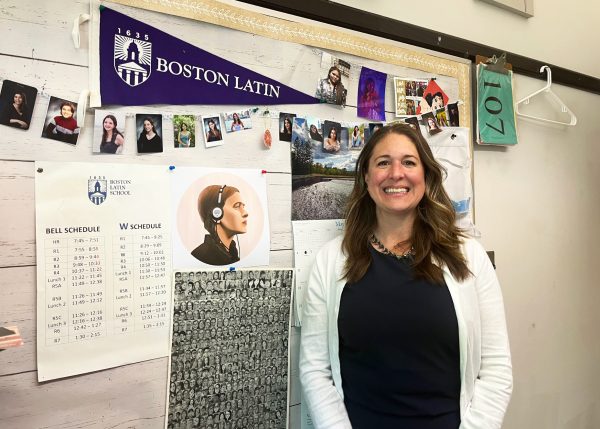The Struggle for Democracy Spreads to Brazil
On January 8, supporters of Brazil’s former President Jair Bolsonaro stormed government buildings in Brasília to protest newly-elected President Luiz Inácio Lula da Silva’s inauguration.
Right-wing politician Bolsonaro is well known for his “inflammatory attacks on women, Black people, gay people, foreigners and indigenous communities,” according to The Guardian, and has dismantled various climate-oriented cabinets in the Brazilian government. He is also a close ally of former U.S. President Donald Trump.
Bolsonaro lost the October 2 re-election to left-wing candidate Lula da Silva. In a tight race, the new president received 50.9 percent of the vote, while Bolsonaro received the other 49.1 percent. The government also reported 5,700,443 blank or null votes, which could have modified the outcome of the election.
Over the course of three hours, protestors committed arson and vandalized the property of the Supreme Court, congressional and presidential buildings. They also physically attacked journalists and police officers. Experts have remarked that the brutality is no surprise considering Bolsonaro’s history of inflammatory declarations and actions. Other government officials, including the governor of Brasília, Ibaneis Rocha, are being investigated for their roles in the insurrection.
Boston Latin School students have noticed that the attack was not discussed much in the classroom. Mina Breen (I) shares: “It unfortunately doesn’t surprise me that it happened in Brazil, but I think it’s just strange how we only paid attention when it happened in our country.”
These riots strongly parallel those of the January 6 Capitol attack in Washington, D.C. almost exactly two years prior. While almost 1,000 trials of those who participated in the U.S.’s attack continue, around 1,500 people have been arrested in Brazil. In both cases former presidents had convinced their supporters to protest the “fraudulent” election processes.
“My initial feelings were fear that the patterns we’ve seen in the U.S. have spread to other countries,” adds BLS AP U.S. History teacher Ms. Ashley Balbian.
Though many believe these riots are undemocratic, the rioters themselves believe they were fighting for their own vision of democracy, driven by misinformation about the government.
When discussing policies to ensure less violence in the future, people often accuse political parties or ideologies, which may actually be what causes radical uprisings in the first place.
“These events are symptoms of extreme political polarization,” says Brendan Nolan (III). “When people are drawn to power-hungry politicians, they become pawns for radical agendas.”
Like Nolan, some find that bridging the ever-increasing gap between political parties may be the only way to maintain democracy. Since social media platforms constantly draw people into echo chambers, or spaces where their strong opinions are enforced, moderation becomes harder to attain. Nolan believes that electing officials who aim to lead, instead of just to gain power, and are more willing to listen to different perspectives could be the answer.
The increasing uncertainty about the ability of our nation and others to govern properly has stoked fear and made it easier for radical politicians to gain support in high-stakes elections. This event marks the second time a large-scale insurrection has taken place in a major global power since the start of the decade.





